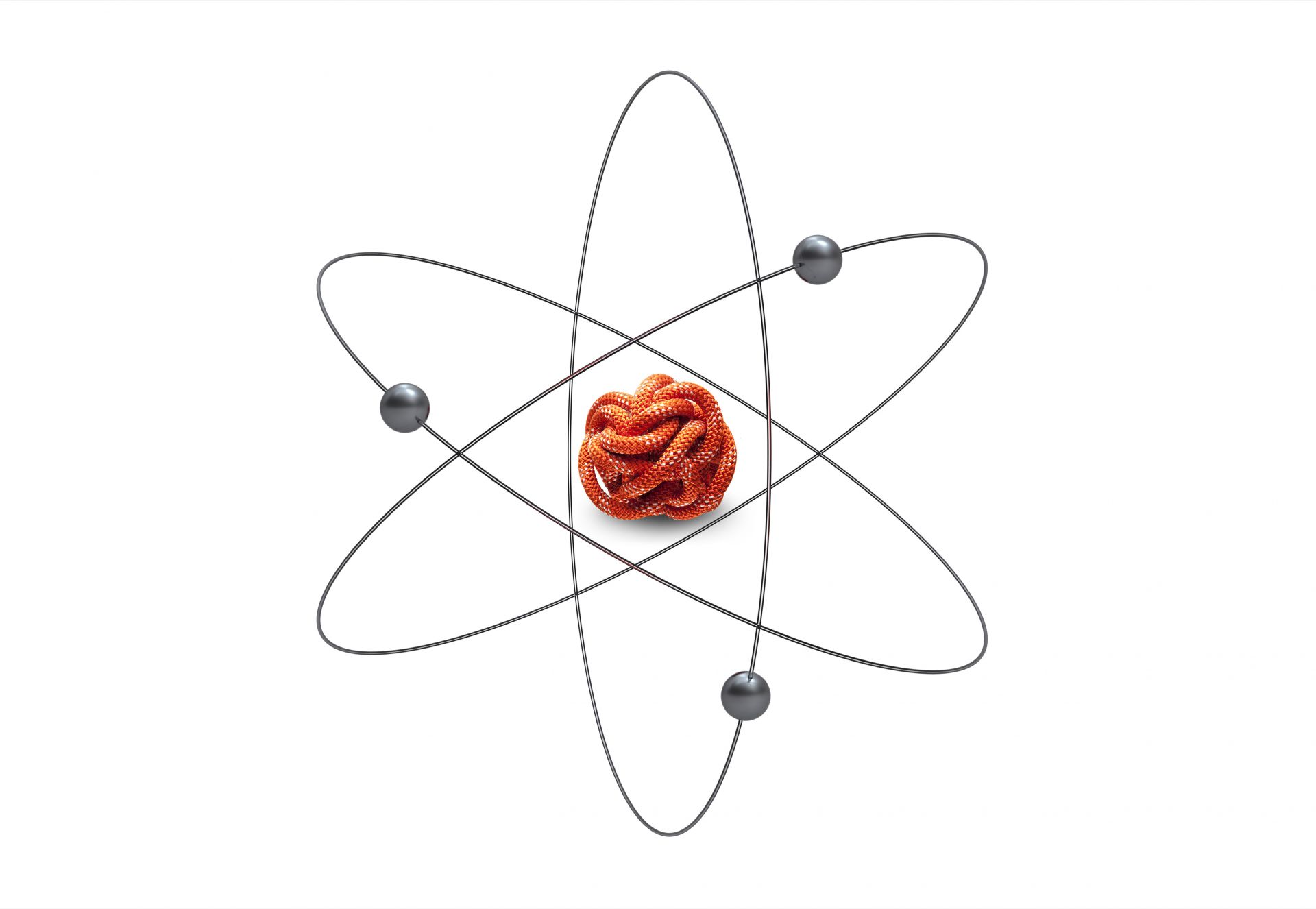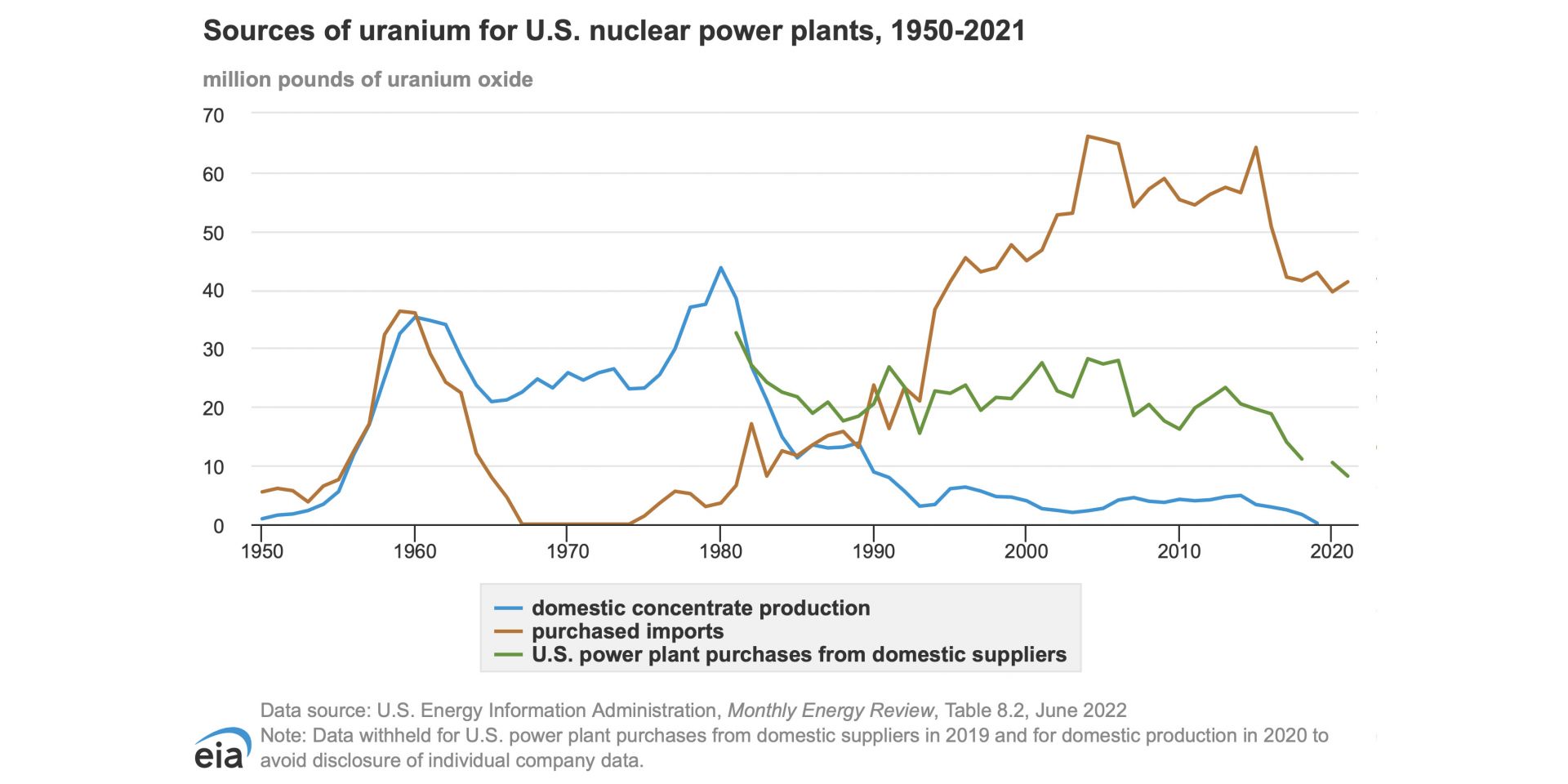Representatives meet at the OECD NEA’s Roadmaps to New Nuclear 2025 conference. (Photo: OECD NEA)
More than 300 delegates from around the world attended the OECD Nuclear Energy Agency’s recent Roadmaps to New Nuclear 2025 conference in Paris, France. In attendance were representatives from governments, industry, public and private financial sectors, academia, legal firms, think tanks, and research institutions. Cohosted by the Korean government, the event focused on practical, near-term solutions to barriers facing nuclear new builds.
In the foreground, from left: Ukrainian energy minister German Galushchenko and Bulgarian energy minister Rumen Radev at the MOU signing ceremony in Sofia, Bulgaria. Looking on are (from left) Ukrainian president Volodymyr Zelenskyy and Bulgarian prime minister Nikolai Denkov.
The energy ministries of Bulgaria and Ukraine have announced the signing of a memorandum of understanding to expand collaboration in the energy sector, including the nuclear energy sector.
This chart from the EIA shows sources of uranium for U.S. nuclear power plants, 1950-2021. In 2020, according to the chart, 39.60 million pounds of uranium oxide was imported for the domestic nuclear power plant fleet. (Credit: Energy Information Agency)
The naturalist John Muir is widely quoted as saying, “When we try to pick out anything by itself, we find it hitched to everything else in the Universe.” While he was speaking of ecology, he might as well have been talking about nuclear fuel.
At the moment, by most accounts, nuclear fuel is in crisis for a lot of reasons that weave together like a Gordian knot. Today, despite decades of assertions from nuclear energy supporters that the supply of uranium is secure and will last much longer than fossil fuels, the West is in a blind alley. We find ourselves in conflict with Russia with ominous implications for uranium, for which Russia holds about a 14 percent share of the global market, and for two processes that prepare uranium for fabrication into reactor fuel: conversion (for which Russia has a 27 percent share) and enrichment (a 39 percent share).












